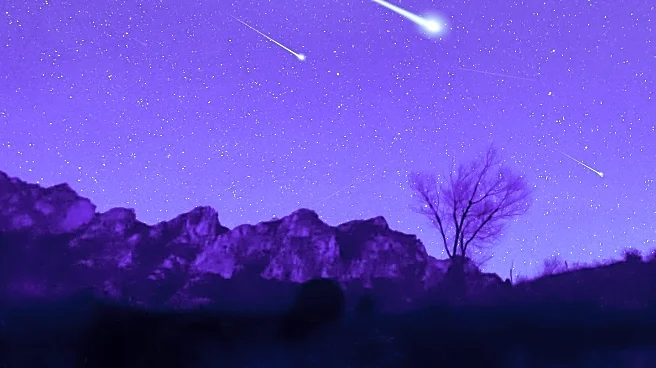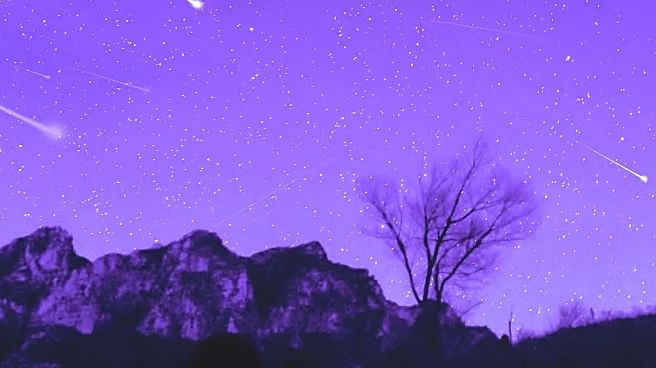Rapid Read • 7 min read
As the 'dog days' of summer come to a close, stargazers are presented with a unique opportunity to observe celestial events. The term 'dog days' refers to the period from July 3 to August 11, when the star Sirius rises in conjunction with the sun. Sirius, known as the 'Dog Star,' is part of the Canis Major constellation and is the brightest star visible from Earth. During August, several planets, including Mercury, Venus, Mars, Jupiter, and Saturn, are visible at different times of the night. Additionally, the Perseid meteor shower, one of the year's best, peaks on August 12, although a nearly full moon may obscure some of the meteors.
AD
Stargazing during this period offers educational and recreational opportunities for astronomy enthusiasts and the general public. Observing celestial bodies and events can enhance understanding of the universe and inspire interest in science and space exploration. The visibility of multiple planets and the Perseid meteor shower provides a chance for people to connect with the natural world and appreciate the vastness of space. Such events can also foster community engagement through organized stargazing events and educational programs, promoting science literacy and curiosity.
As the summer progresses, stargazers can look forward to more celestial events, including the Geminid meteor shower in December, which promises better visibility due to a moon-free sky. Astronomy clubs and educational institutions may organize viewing events to capitalize on these opportunities, encouraging public participation and interest in astronomy. Additionally, advancements in technology and increased accessibility to telescopes and astronomy apps may enhance the stargazing experience for enthusiasts of all levels.
AD
More Stories You Might Enjoy










